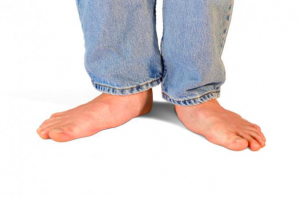 Having flat
feet describes
the biomechanical and structural positioning of one or both feet, which is characterised by rolling in at the ankles and showing little to
no arch on the inside border of a foot. This is how the term ‘fallen arches’ was coined. This is medically referred to
as pes planus, with the term for rolling in at the ankle joint when walking known as pronation. As the severity
of pronation can range from mild to severe, podiatrists can measure the angle of your shin bone relative to your calcaneus, or use a Foot
Posture Index (FPI), to help grade the level of pronation and best direct treatment where it is indicated. It
should be noted that:
Having flat
feet describes
the biomechanical and structural positioning of one or both feet, which is characterised by rolling in at the ankles and showing little to
no arch on the inside border of a foot. This is how the term ‘fallen arches’ was coined. This is medically referred to
as pes planus, with the term for rolling in at the ankle joint when walking known as pronation. As the severity
of pronation can range from mild to severe, podiatrists can measure the angle of your shin bone relative to your calcaneus, or use a Foot
Posture Index (FPI), to help grade the level of pronation and best direct treatment where it is indicated. It
should be noted that:
Flat feet are, however, linked with a greater incidence of foot problems because of the effect this position has on your bones, joints, muscles and ligaments. This happens because we over-pronate past the point that is necessary and healthy for our feet.
Typically, it comes down to the biomechanics of your feet and the way your bones, joints, muscles and ligaments are working together. Some people may have flat feet from birth and others may develop them over time and in association with other conditions. Causes may include:
In childhood, kids are born with the appearance of having flat feet when they are standing because their feet have fat pads. Most children outgrow it eventually as their feet get larger, their baby fat disappears and their foot muscles strengthen with weight bearing activity such as walking. If your child does not develop arches by the time they are 8 years old, it is not likely they will have an arch in adulthood.
The symptoms of flat feet aren’t necessarily painful themselves, but the stress and pressure they put on the surrounding tendons and structures can cause pain as tendinopathies and other issues develop. These tend to be exacerbated by long periods of time on the feet and high-impact activities. When podiatrists evaluate the severity of flat feet, they often look for signs as opposed to symptoms. These include:
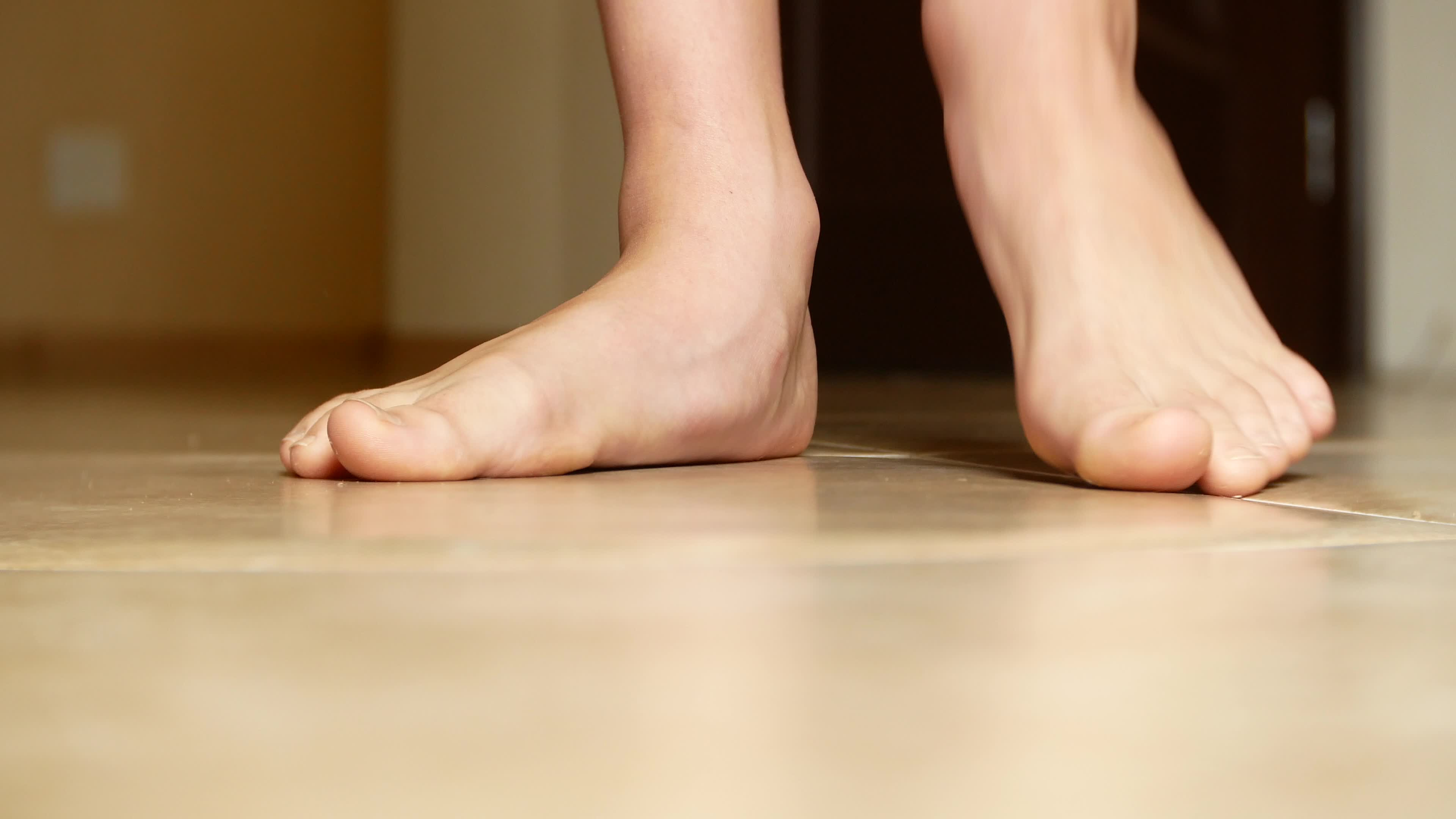
Typically, treating flat feet is more to do with treating the problem the flat feet are creating or contributing to as opposed to treating flat-footedness itself. Where no symptoms or issues occur with flat feet, treatment may not be indicated. Generally, orthotics are a common way to alter the alignment and positioning of the feet and are used in the management of various conditions where overpronation is causing problems and pain. Having supportive footwear that stabilise the foot and ankle as opposed to letting it roll is also a key part of management. If you’re worried about the effect that your flat feet are having on the rest of your body, you should get assessed by your podiatrist. They’ll be able to show you the impact on your feet and legs and discuss with you the appropriate management options in light of your symptoms.
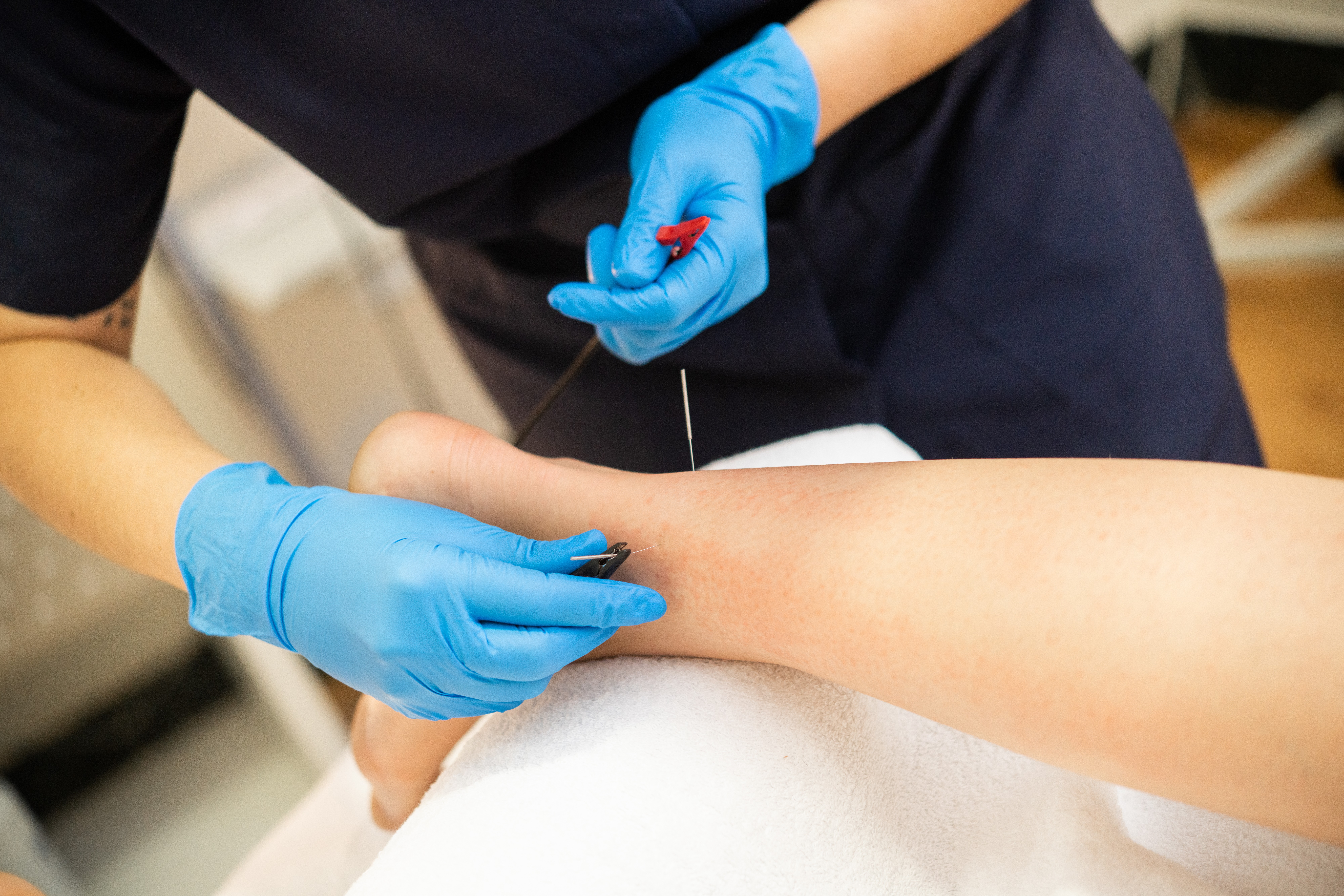
When most people think of podiatry, they picture orthotics, skin/nail care, or sports injury treatment. But podiatry isn’t just about what’s
happening mechanically in your feet, it’s also about supporting the body’s natural healing processes.
One treatment that’s gaining popularity in podiatric care is acupuncture — a technique with ancient roots and modern
scientific backing.
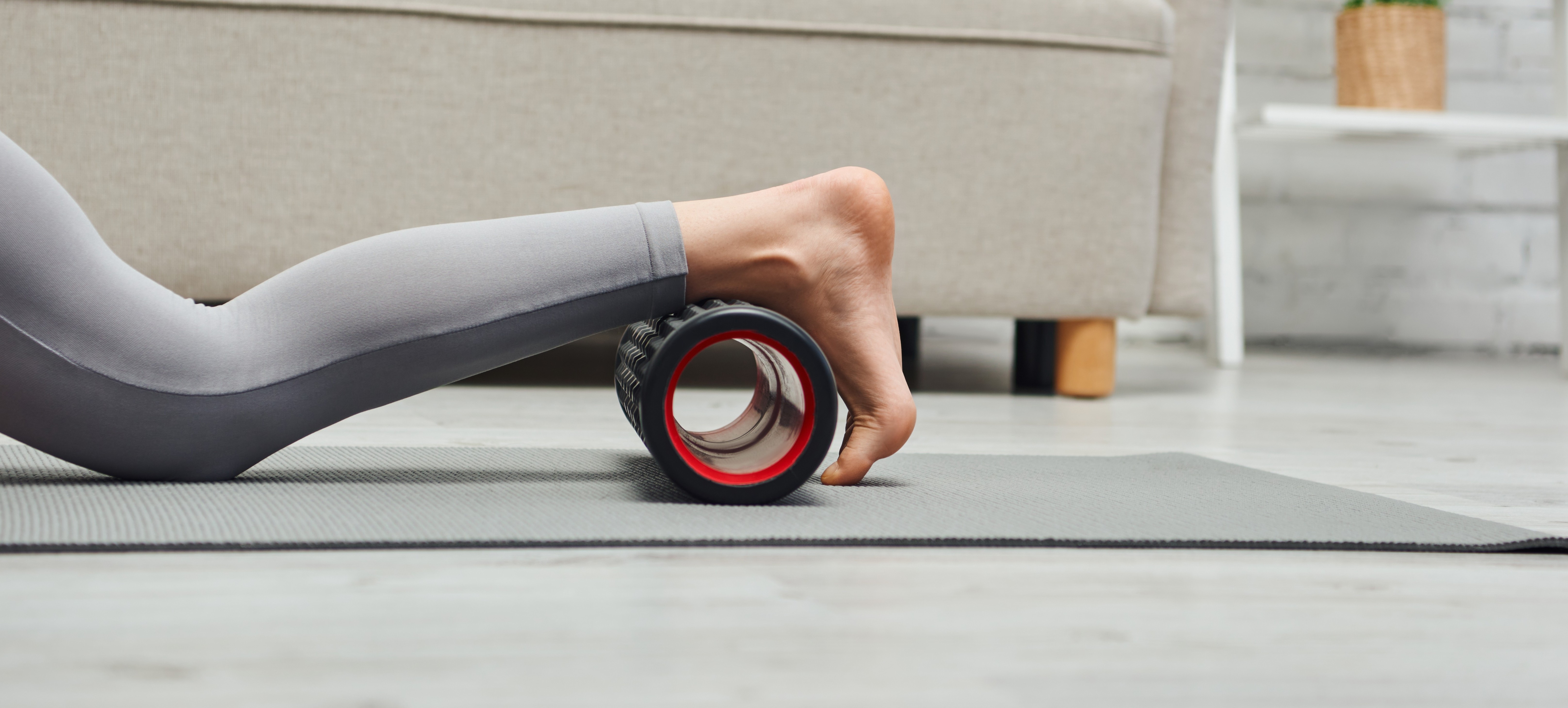
Even a few minutes of foam rolling per day can make a significant difference in your lower limb health. Focus on the calves, hamstrings, IT
band, and plantar fascia. Combine with stretching and strengthening for best results.
Read this blog to find out more about the benefits of Foam rolling.
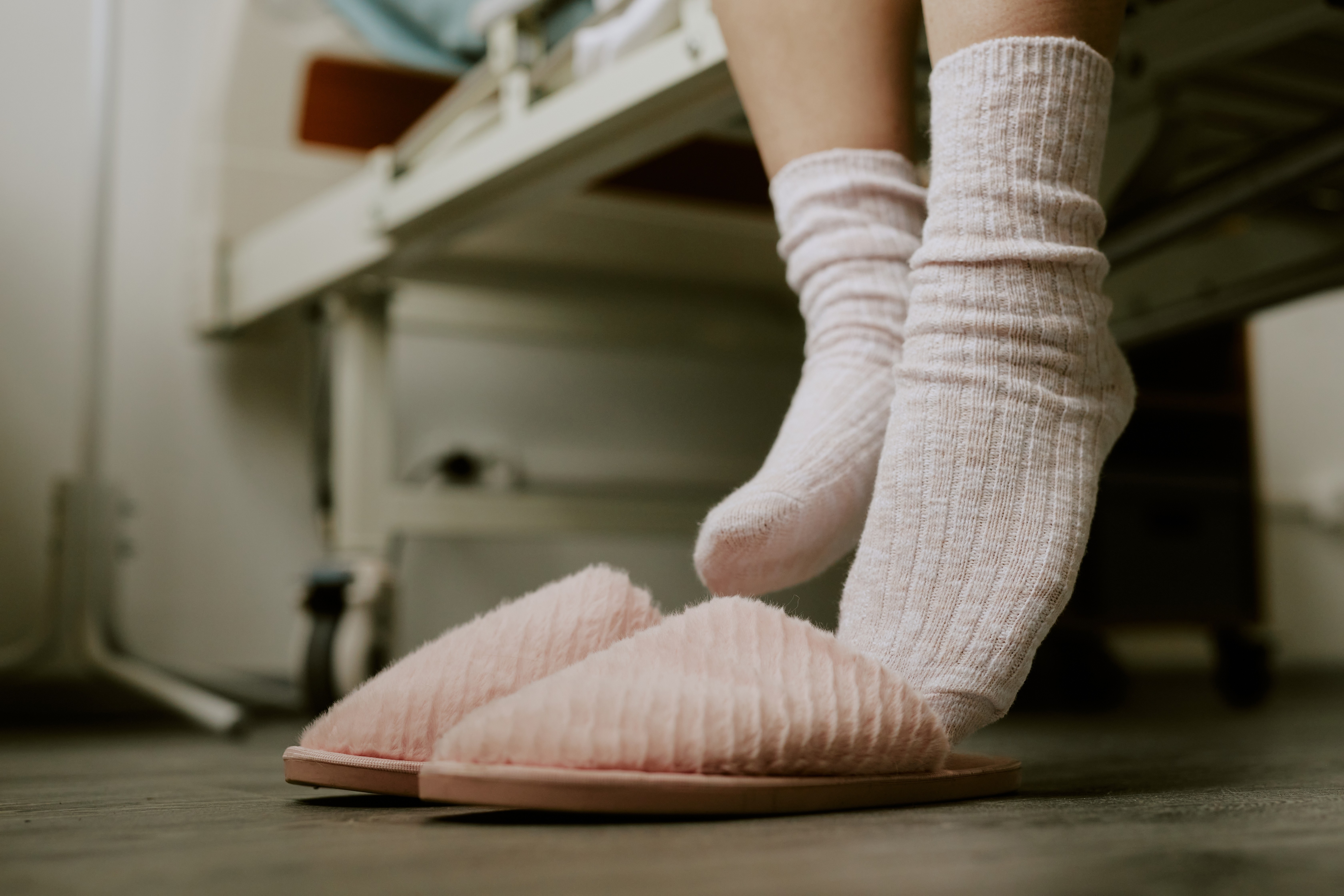
When you think of foot problems, summer usually comes to mind and so does blisters from sandals, sunburns, or barefoot beach walks. But winter can be just as tough on your feet, and in some cases, even more so.
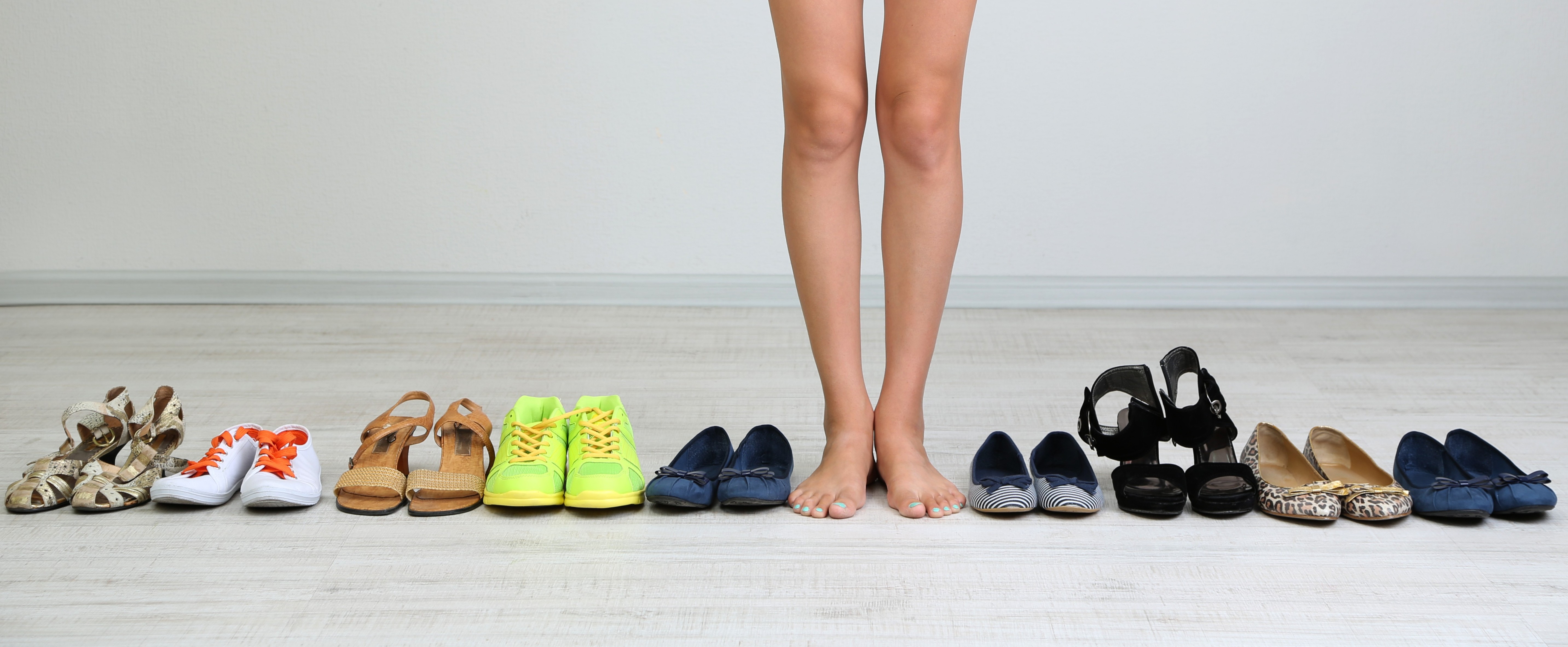
If you’re unsure whether you should wear walking or running shoes when exercising, this article is for you.
We explain the differences between walking and running shoes and how to determine which one is best for your feet. When it comes to buying a new pair of shoes, most people walk into a store expecting to just “find something comfy.” Then, suddenly, you’re asked: Are you looking for
walking shoes or running shoes? And that’s where the confusion begins. Because for many people, the answer isn’t that simple.
You could walk a lot – to work, around the block, chasing after the kids, or while catching up with friends. You could have also just joined
a gym or registered for the Couch to 5km. Or you could be a walker who just wants the option to go for a run if the mood strikes. So, which
shoe do you pick?

Discover why foot health is so important as we age and how Perform Podiatry supports seniors in staying mobile, independent, and pain-free. From diabetic care to personalised treatment plans, we’re here to help keep your feet happy and healthy, every step of the way.

Discover how Class IV Laser Therapy at Perform Podiatry offers powerful, drug-free relief for foot and ankle pain. Backed by science, this advanced treatment helps you heal faster and move better, without the need for surgery or medication.
.png)
Since introducing shockwave therapy, we’ve helped many of our patients avoid surgery for certain conditions. Here's what you
need to know about shockwave treatment and how it works.
.png)
This Mother’s Day, consider a practical, medically safe, and confidence-boosting gift: a professional KeryFlex nail restoration treatment. It’s a simple, effective, and medically safe way to instantly transform the appearance of toenails.

In some cases like arthritis, continuing to stay active is one of the best things you can do for your joints. Is the same true if you're in pain or have an injury?

A stroke is New Zealand's second single biggest cause of death and a leading cause of serious adult disability. Here's how podiatry can help in your rehabilitation.
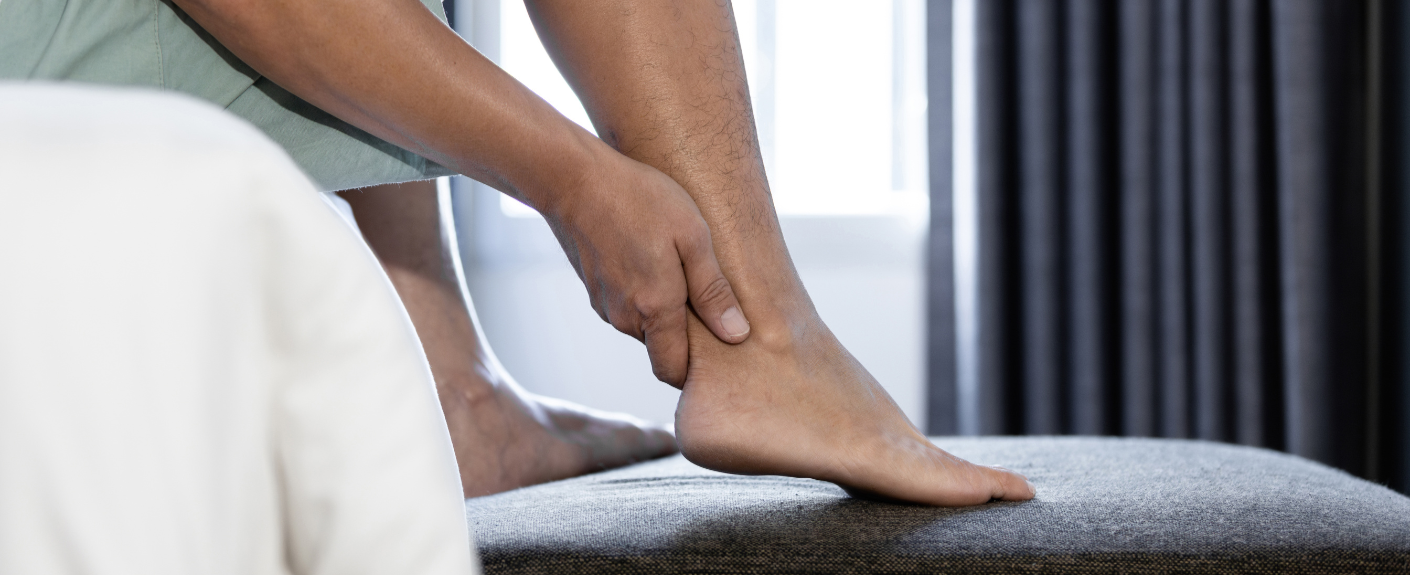
Shockwave is a fantastic treatment for Achilles injuries and Achilles heel pain. Here's how it works and how our podiatrists use it.
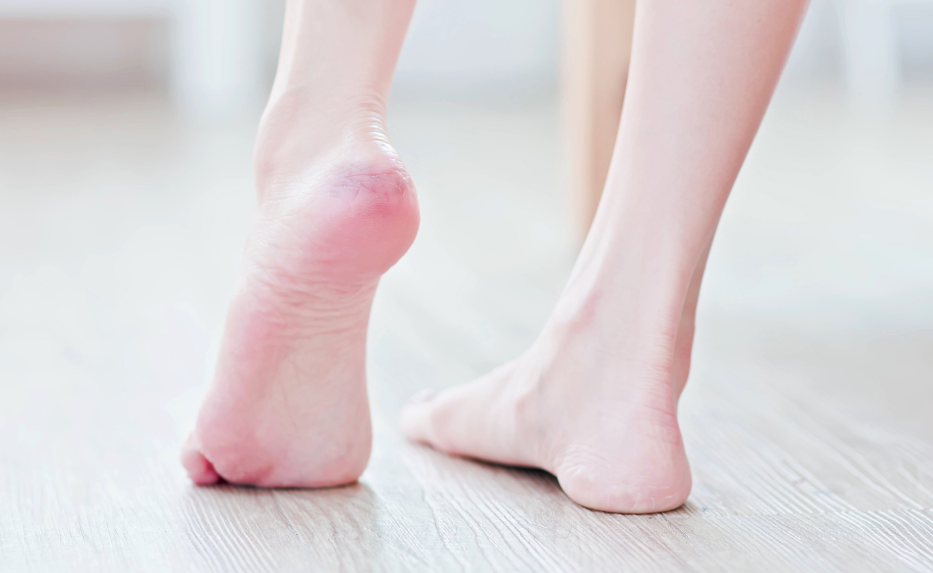
How does shockwave work to relieve foot pain? Here's how it helps you, and how our podiatrists use it at our Remuera clinic.

How do you go through the holidays and family visits while keeping up your strength and fitness? Here are five ways.
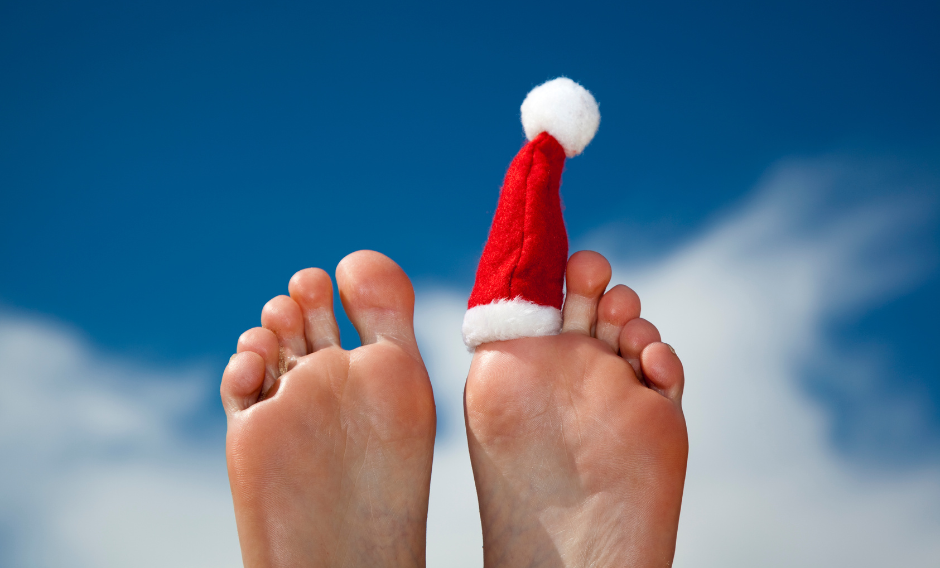
Help your loved ones stay on their feet for years to come with a podiatry appointment. Here's how it can help.
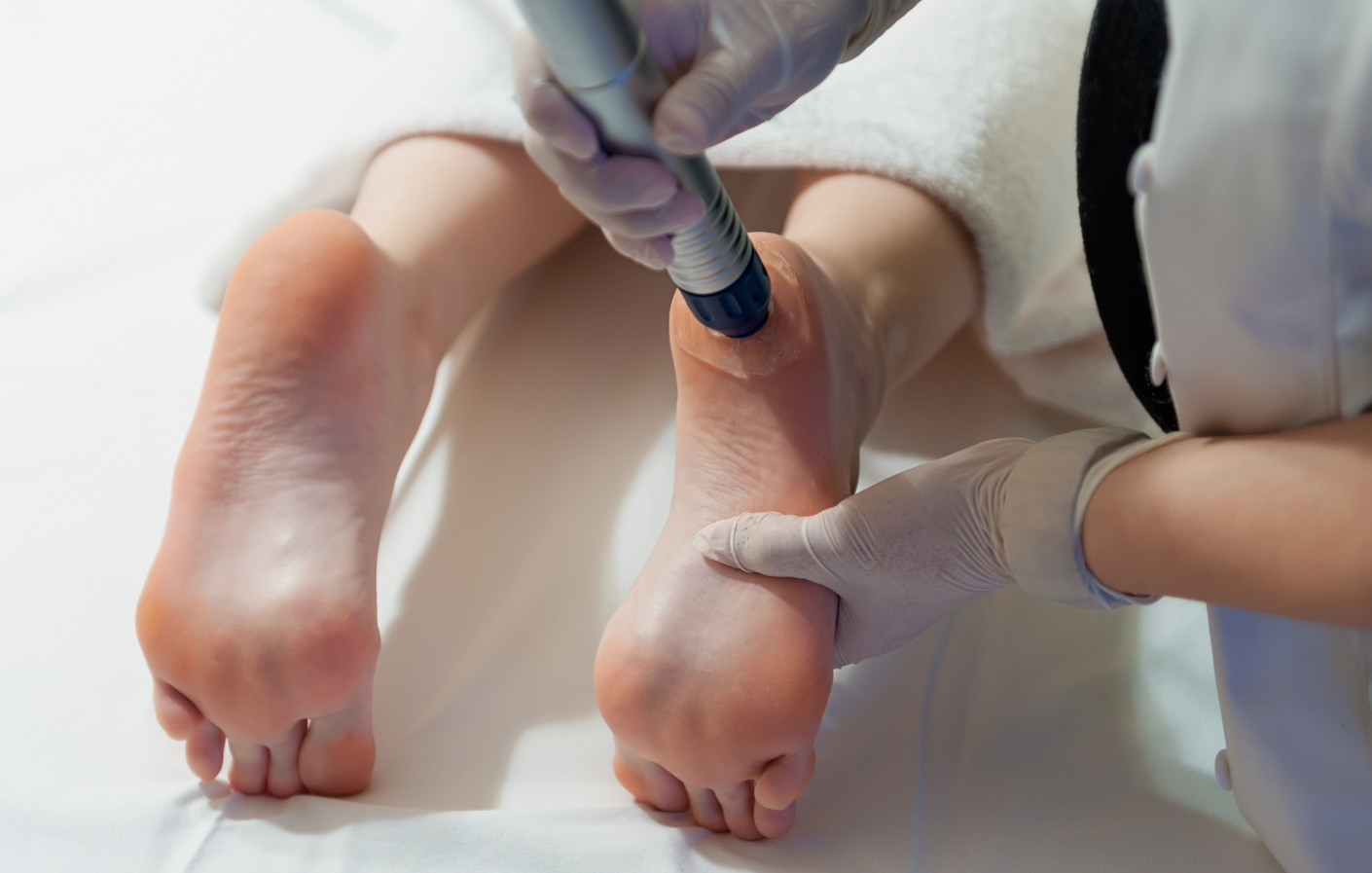
Otherwise known as radial pressure wave therapy, shockwave therapy is a device held by our podiatrists and positioned against your foot or leg at the site of your injury.

We can transform the appearance of toenails to look healthy and clear in three ways, and as fast as in one appointment. Here's how.
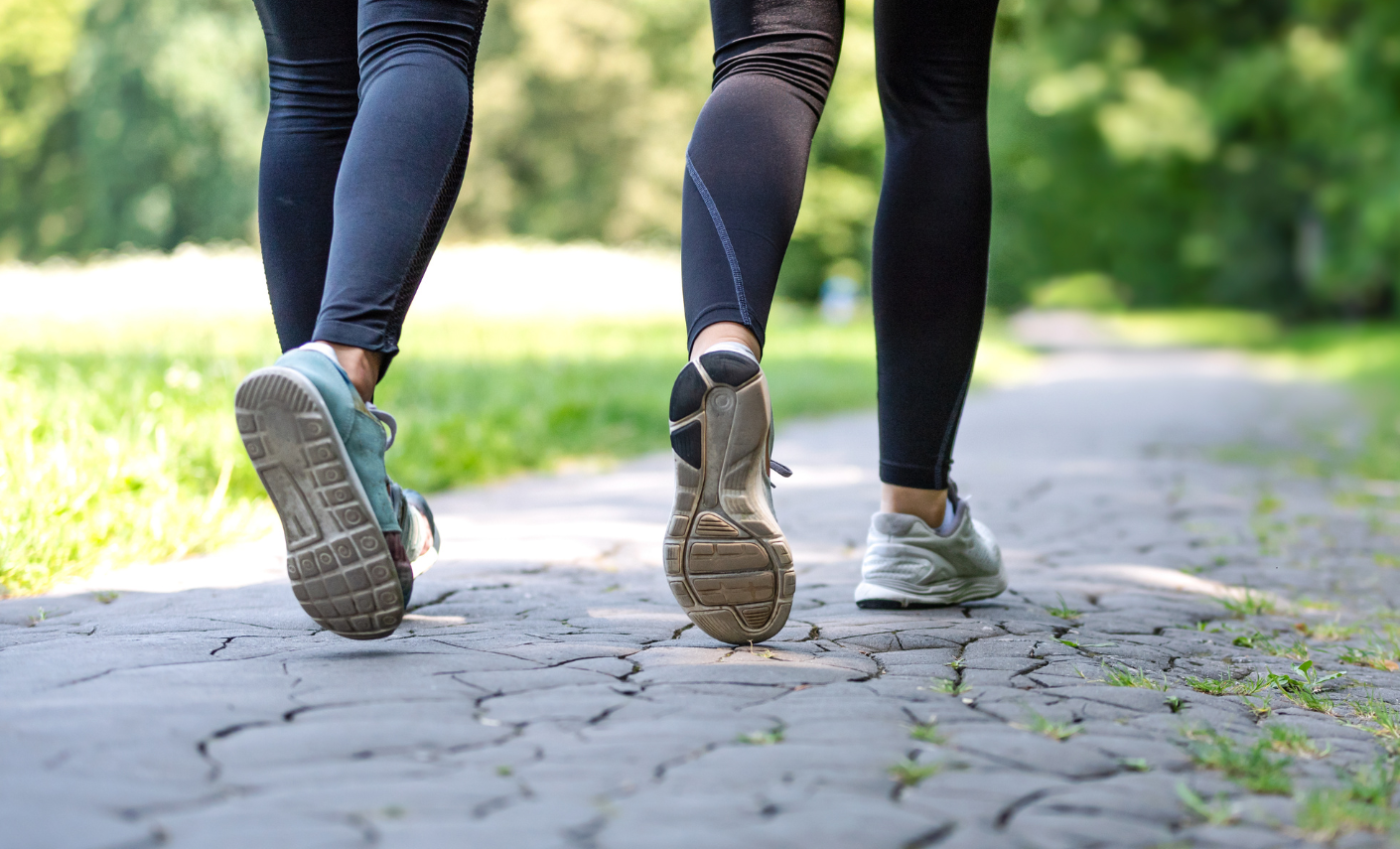
Tingling or numbness in your feet and legs during or after exercise can be an odd sensation. If you’re prone to experiencing it, the most common reasons are related to pressure on nerves or problems with your circulation.
Keeping your family on their feet and helping them to walk, run, play and exceed their goals is why we love getting up in the morning.
Ground Floor, One Health Building
122 Remuera Rd, Remuera
Auckland 1050, New Zealand
| MON - FRI | 7:30am – 6:30pm |
| SAT | 8:30am – 4:30pm |
| SUN | Some availability |
Make an Appointment
Online Schedule
Our virtual receptionist is available 24/7 to help with general questions, booking requests, and clinic information, even when our team is busy, or it's after hours.
Whether you're calling us or using our website, you'll get fast assistance any time of day. And if your query needs a personal touch, a member of our team will follow up as soon as possible.